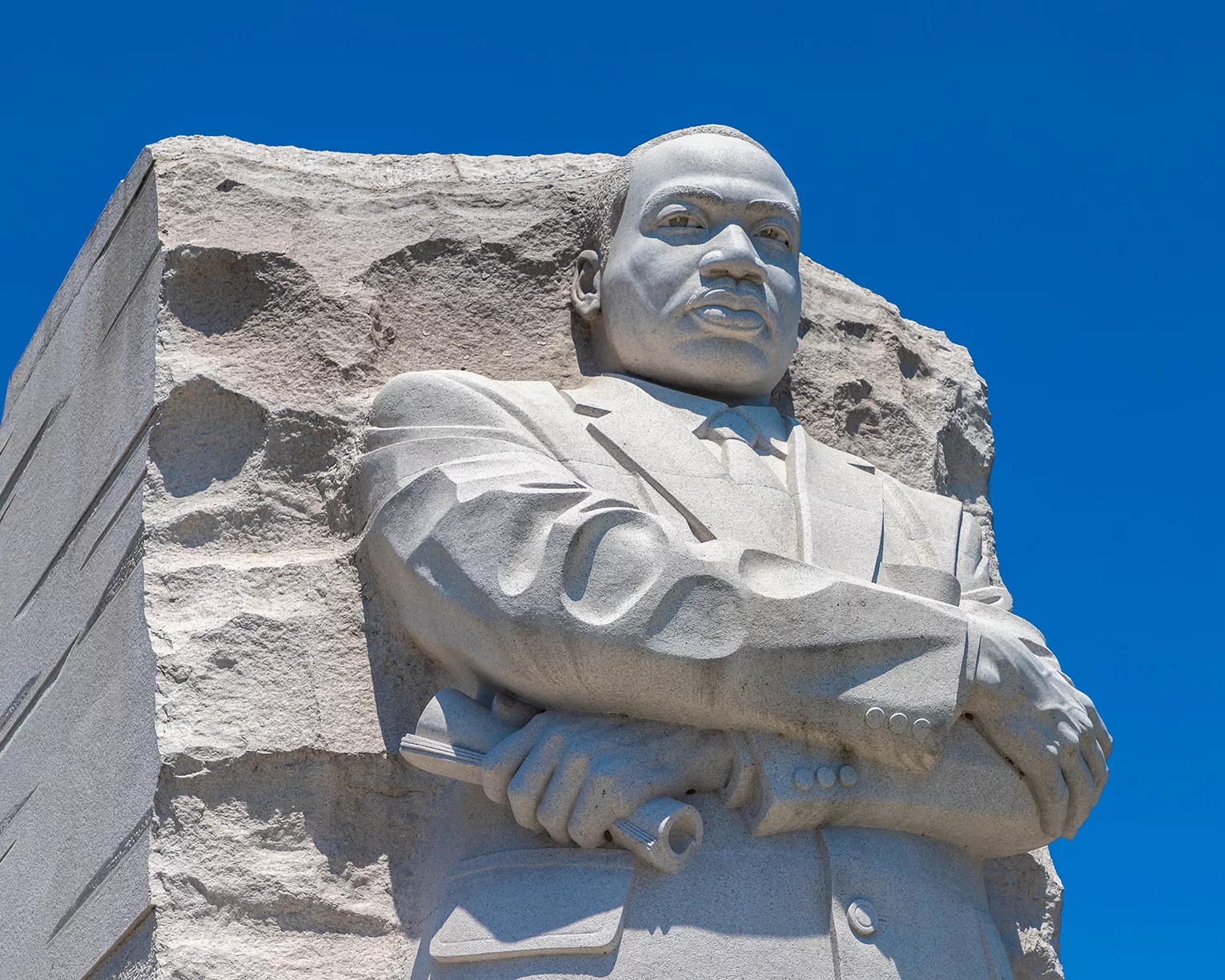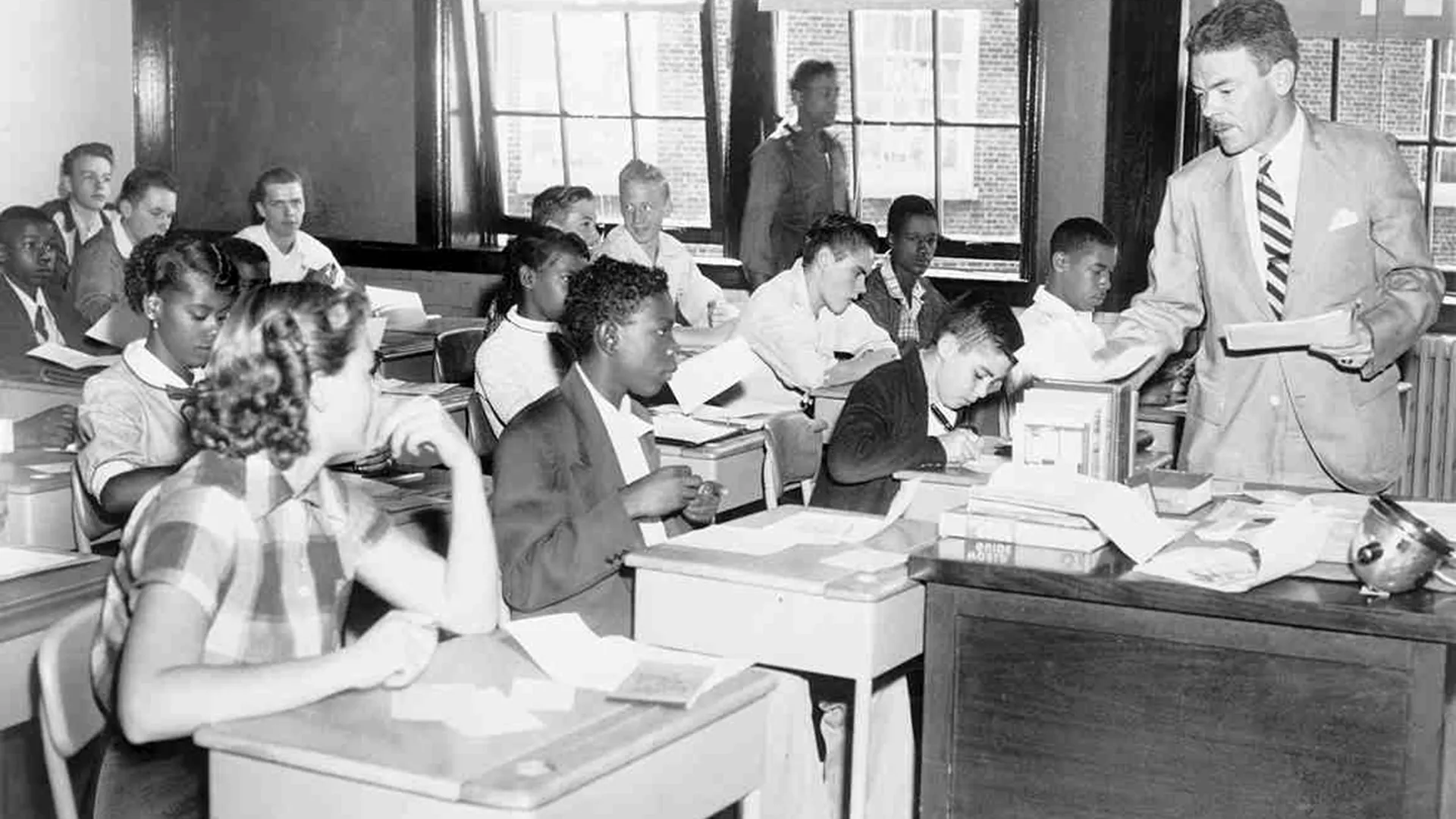The exact date when Africans were first brought to North America is a point of debate. Some historians have argued that the first known enslaved Africans were present at a Spanish outpost in present-day South Carolina in 1526. Other historians argue that enslaved Africans may have been present at the Roanoke Colony in 1585. Despite these claims, historians recognize that captive Africans were brought to the American Colonies and then sold into slavery in 1619 in Jamestown, VA. Meaning, slavery existed for more than 150 years in the American Colonies prior to the Revolutionary War in 1775 and continued in the United States for nearly 100 years until Juneteenth and the end of the American Civil War in 1865.
We are not far removed from the living memory of slavery. The last remaining African Americans who survived slavery died in the 1960s and early 1970s. The last known child of enslaved parents was believed to be Daniel Smith, who died at age 90 in October 2022. The grandchildren and great-grandchildren of enslaved African Americans—individuals who heard stories directly from those who experienced slavery firsthand—are still living and carrying the memories of their ancestors.
Approximately half a million free Blacks lived in the United States by the eve of the Civil War. Despite being free, the ability to experience the rights and privileges of freedom depended upon location. Southern Blacks were often denied political and civil rights, access to formal education, and to own property. Similarly, racist Black Laws were passed in some northern cities restricting free Blacks from voting, serving in local militias, or attending public schools. Despite these restrictions, free Blacks established schools and churches, developed businesses and community organizations, and actively worked to end slavery and promote civil rights.
Following the end of slavery, Black Americans struggled for political, economic, and education equality. The 13th, 14th, and 15th Amendments to the U.S. Constitution ended slavery, gave Black Americans citizenship, and granted Black men voting rights, respectively. Once Reconstruction ended in 1877, Black codes were enacted throughout parts of the United States, limiting the newly acquired civil rights of Black Americans. Segregation barred Black students from accessing the same educational opportunities as White students. Restrictive covenants and residential ordinances limited where Black Americans could live. Banking structures systematically kept Black Americans from securing loans and investing. Discriminatory employment practices narrowed job opportunities and created a racial wage gap.
The persistent actions of civil rights activists pushed the United States to legally recognize and address the injustices in banking, housing, employment, and education. In 1964 and then 1965, a hundred years after the Civil War and the end of slavery, civil rights legislation was signed into law. Although a great victory for the Civil Rights Movement, discrimination remained systematically embedded in America’s governing, education, and economic structures. For this reason, the legacy of struggle from slavery to the Long Civil Rights Movement is an integral part of understanding the origins of the United States, including its financial structures and the economic development of its people.
Within an economics or financial literacy class, the following historical examples provide context to help students understand economic issues that Black Americans face today.
Notable Events
Morrill Land Grant College Act
Emancipation Proclamation
Freedmen's Bureau
Second Morrill Act
Plessy v. Ferguson
Niagara Movement
NAACP Founded
Buchanan v. Warley
Tulsa Massacre
National Association of Real Estate Boards Code of Ethics
Redlining and the Home Owners’ Loan Act
FHA’s Underwriting Manual
National Housing Act of 1937
Servicemen’s Readjustment Act (G.I. Bill)
Shelley v. Kraemer
Brown v. Board of Education of Topeka
Civil Rights Act of 1964
Fair Housing Act
Jones v. Mayer
Equal Credit Opportunity Act
Are you an affiliate?


